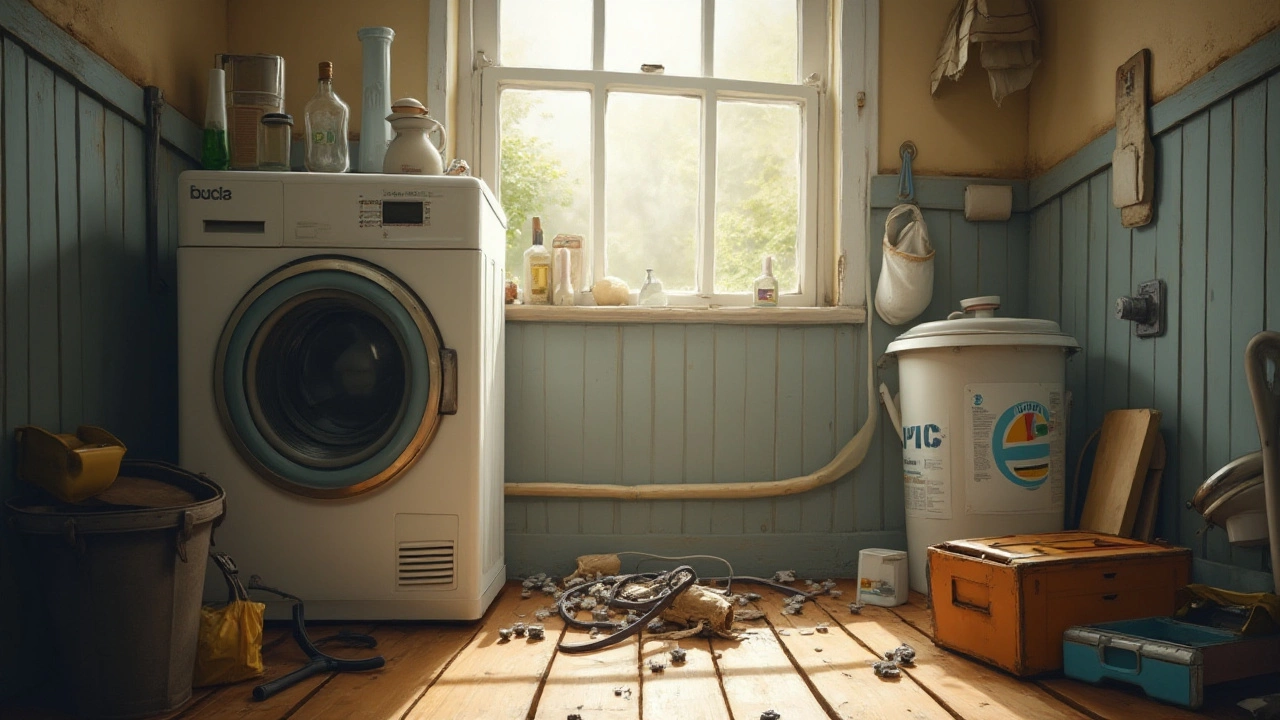Common Appliance Problems: Quick Fixes & When to Call a Pro
Every home has that one gizmo that decides to act up just when you need it most. From a noisy dishwasher to a hot water heater that won’t stay warm, the issues are usually predictable. Knowing the typical symptoms saves you time, money, and a lot of frustration.
Spot the Tell‑tale Signs
First thing you’ll notice is a change in performance. A washing machine that spins but won’t drain, a hob that won’t heat evenly, or a furnace that makes an odd rattling noise are all red flags. Most problems share a few common clues:
- Unusual noises: buzzing, clicking, or grinding usually means a loose part or a failing motor.
- Inconsistent temperatures: hot water that turns cold mid‑shower points to thermostat or heating element issues.
- Leaking water: drips from a dishwasher or a water heater indicate a faulty seal or valve.
- Error codes or flashing lights: modern appliances often show a code you can look up in the manual.
When you catch these early, a DIY fix can be as simple as tightening a screw or resetting a circuit.
DIY Fixes that Actually Work
Before you call a technician, try these quick steps:
- Reset the appliance: Unplug it for a minute, then plug it back in. Many electronic hiccups clear themselves.
- Check the power source: A tripped breaker or a blown fuse can make a perfectly fine device look broken.
- Clean filters and vents: A clogged dishwasher filter or a dusty dryer vent often causes overheating and poor performance.
- Inspect hoses and seals: Look for cracks or loose clamps. Replacing a cheap hose is cheaper than a full service call.
- Replace worn parts: Faulty heating elements in ovens or broken thermostat switches in water heaters are inexpensive and relatively easy to swap.
If the problem persists after these checks, it’s probably time to bring in a pro. Trying to force a repair on a complex issue can cause more damage and higher costs.
Common appliances that often need professional attention include:
- Hot water heaters that keep tripping the reset button.
- Ovens with control board failures or dead heating elements.
- Electric hobs that won’t stay on after a reset.
- Boilers that make loud knocking sounds or lose pressure.
These jobs involve electricity, gas, or pressurized water, so safety is a top priority.
At Wells Appliance Repairs we’ve seen every broken part you can imagine. Our technicians can quickly diagnose the issue, explain why it happened, and give you a clear price before any work begins. We focus on getting your appliance back in shape fast, so you don’t have to live without hot showers or a working fridge.
Remember, regular maintenance cuts down on surprise breakdowns. Schedule a yearly check‑up for your boiler, clean your dryer vent annually, and keep an eye on water‑heater pressure. A little attention now prevents a big hassle later.
Got a stubborn problem you can’t solve? Give us a call, describe the symptoms clearly, and we’ll be on our way with the right tools and parts.
Common Washing Machine Breakdowns and How to Fix Them
0 Comments
Many parts of a washing machine can break or malfunction over time, leading to a laundry disaster. This article explores common issues such as broken belts, faulty pumps, and drainage problems, offering practical solutions and preventive tips. Understanding these common breakdowns can save you time and avoid costly repairs. Knowing when to call a professional is equally important. Explore expert advice to keep your appliance in top shape.
Read More